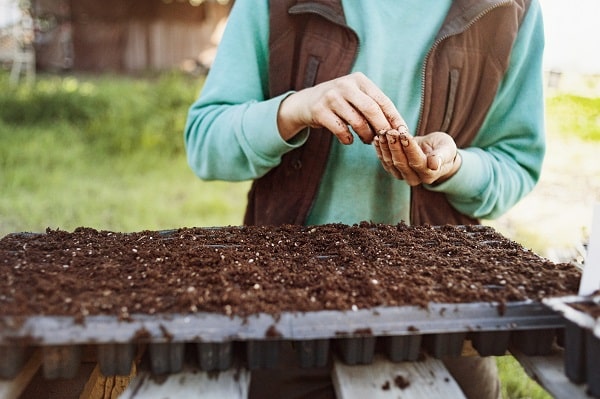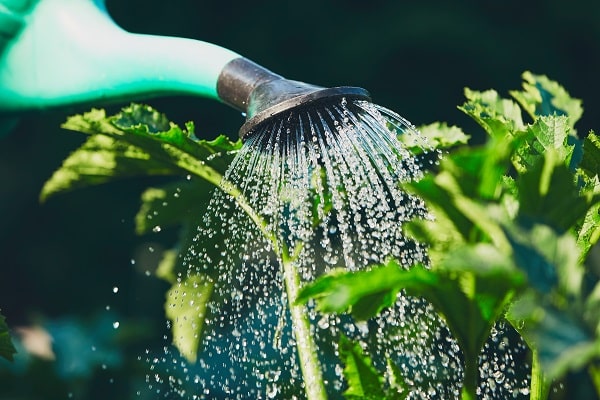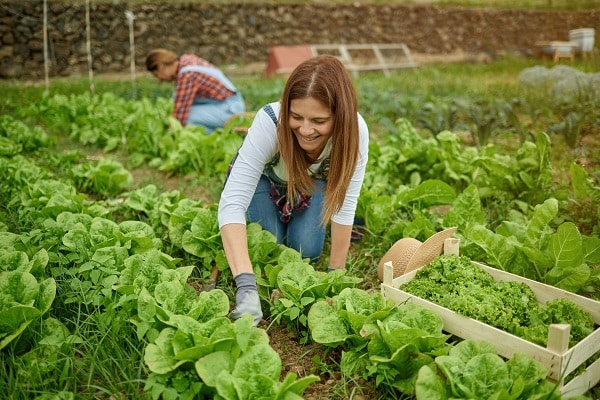Are you looking to add a little homegrown flavor to your Thanksgiving feast this year? Why not try growing your own Thanksgiving garden? It’s easier than you think, and with a few simple tips, you can have a bountiful harvest that will help you celebrate the holiday in style. This blog post will discuss everything you need to know about how to grow a Thanksgiving garden, from choosing the right plants to harvesting your crops. So read on, and get ready to start planting!
Contents
The Value In Growing A Thanksgiving Garden
Gardens have been a part of human life for thousands of years. They are a place to grow food, relax, and find beauty in the world around us. For many people, gardening is a way to connect with nature and create a space that is uniquely theirs. Thanksgiving is a holiday that celebrates family, friends, and food. What better way to show your loved ones how much you appreciate them than by growing a Thanksgiving garden? By planting a few extra vegetables and herbs, you can create a beautiful and bountiful feast that all will enjoy. Not only will your Thanksgiving feast be more delicious, but it will also be more meaningful knowing that you grew it yourself. So this year, take the time to plant a Thanksgiving garden. It will be an experience that you and your loved ones will never forget.
Planning Your Garden Location and Size
Most people think gardening is only for the spring and summer months, but with a little planning, you can enjoy homegrown fruits, vegetables, and flowers all year. One way to do this is by planting a Thanksgiving garden. A Thanksgiving garden should be in an area that receives at least six hours of sunlight each day and has well-drained soil. When it comes to size, it is essential to start small – especially if you are new to gardening. Once you have a better idea of which plants thrive in your climate and how much space they need, you can expand your garden. With a little effort, you can enjoy the fruits (and veggies) of your labor long after the last turkey has been eaten.
Choosing Plants and Seeds
As the days grow shorter and the nights cooler, many gardeners consider putting their gardens to bed for the winter. However, a few hardy plants can still produce a harvest well into autumn. For those who want to enjoy a homegrown Thanksgiving feast, here are a few suggestions for plants and seeds that will thrive in the cooler months. One of the most popular choices for a fall garden is kale. This hearty green can withstand frost and even cold temperatures, making it a good choice for those who live in areas with an early snowfall. Kale can be sown from seed in late summer or early fall, providing a bountiful harvest up until Thanksgiving. Another option is collards, similar to kale in taste and appearance. Like kale, collards are also frost-resistant so that they can be planted later in the season. Nothing says Thanksgiving like a homemade pumpkin pie; with your own plants, you can be sure that your pies will be made with the freshest ingredients possible. Pumpkins are always a favorite for those who prefer something a bit sweeter. Pumpkins can be direct-seeded in late summer or started indoors from seed and transplanted into the garden after the last frost date. These are just a few of the many options available for creating a Thanksgiving garden. By choosing plants suited to the cooler autumn weather, you can enjoy fresh produce right up until the holidays.
Preparing The Soil
Thanks to modern technology, there are many ways to prepare your soil for planting. If you have the time and equipment, you can use a tiller to loosen and aerate the soil, which is especially important if your soil is compacted or has a lot of clay. You can also add organic matter to the soil, such as compost or manure, which will help to improve drainage and increase the amount of nutrients available to plants. Preparing your soil correctly will ensure that your plants have everything they need to thrive. Most importantly, ensure that the area you are planting is free of debris, rocks, and roots. In addition, you may need to adjust the pH of your soil if you are growing plants that prefer a different level of acidity.
Planting The Seeds
One of the best parts of Thanksgiving is the food, and what better way to enjoy a delicious holiday meal than to know that it came from your backyard? With a little planning and care, you can easily grow all the ingredients you need for a traditional Thanksgiving feast. Start by planting your seeds in late summer or early fall. Many vegetables, such as squash, pumpkins, and potatoes, need to be started ahead of time so they will mature by Thanksgiving. Once your vegetables are ready to harvest, you can enjoy knowing that you grew everything yourself – and you’ll have a delicious Thanksgiving dinner to boot! Be sure to give them plenty of space to grow and make sure they get plenty of water. You may also want to add some mulch to help protect the plants from extreme temperatures.
Watering and Caring For Your Plants
Once the garden is planted, it’s time to water and care for the plants. Watering the plants twice a week is enough to keep them healthy, and adding a little fertilizer will boost them. As the days get shorter and the weather gets colder, it’s vital to ensure the plants have enough light. Moving them closer to a window or adding a grow light will help them stay strong. With a little love, your Thanksgiving garden will bloom in no time.
Harvesting Tips
The timing of your harvest is important. You should harvest most vegetables in the morning before the day’s heat begins to wilt them. If you can’t harvest in the morning, then the afternoon is better than the evening. Check your vegetables regularly and harvest them when they are at their peak of ripeness. Some vegetables, such as potatoes and carrots, can be left in the ground until you are ready to use them. However, others, such as tomatoes and beans, should be picked as soon as they are ripe, which ensures that they will be at their best when you are ready to cook them. When harvesting your vegetables, use clean, sharp knives or garden shears, which will help to prevent disease and pests from spreading to your other plants. And finally, make sure to wash your hands thoroughly after handling any raw produce. By following these simple tips, you can ensure that your Thanksgiving feast is delicious and safe.
Reap The Benefits Of Your Very Own Thanksgiving Garden!
Now that you know the basics of planting a garden, it’s time to put your knowledge into practice. Start by choosing plants and seeds that appeal to you and are appropriate for your climate. Preparing the soil is key to healthy plants, so take the time to do it right. Planting the seeds at the right depth and spacing them correctly will ensure good growth. Watering and caring for your garden regularly is necessary but not difficult. And finally, harvest your vegetables for a delicious and rewarding experience when they reach maturity. What types of vegetables or fruits will you grow this year? With these tips in mind, you’re ready to start gardening!





